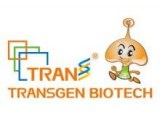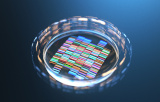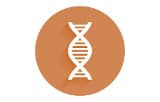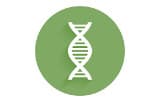TransGen Biotech
 |
||
TransGen Biotech, Inc. is a researcher, developer, manufacturer and distributor of more than 200 molecular and cellular biology products and kits for life science research and molecular diagnostics. In 2001, the company was founded by three scientists with a mission to produce innovative and cost-effective products for life science research. Currently, our products cover: plasmid based DNA markers, high efficiency chemically competent cells, 5 minutes PCR product cloning and expression vectors, a variety of PCR enzymes and supermix, RNase H deficient and high temperature RT enzymes, qPCR and qRT-PCR supermix, the highest efficiency mutagenesis kits, high quality nucleic acid extraction and purification kits, unstained and prestained protein markers, western blot markers, and protein purification resins, cell culture and transfection reagents, antibodies.
Website : www.transgenbiotech.com
| ||

NGS Library preparation
Next Generation Sequencing (NGS) requires careful preparation of the genetic material prior to the sequencing reaction to ensure reliable results.
The preparation of DNA banks is composed of 4 main steps whose sequence may vary depending on the methods used:
1. Fragmentation
DNA is fragmented either enzymatically or by sonication to create small random fragments.
2. End repair
Since DNA fragmentation does not result in homogeneous, open-ended fragments, end repair is necessary to ensure that each molecule is free of overhangs and contains 5' phosphate and 3' hydroxyl groups.
3. Binding of adapters
The adapters (small sequences of double-stranded synthetic DNA) are then bound to these fragments with the help of a DNA ligase. The adaptors allow the sequence to bind to the support but also to identify the sample analyzed thanks to the indexes. The adapters contain motifs necessary for the following steps (clonal amplification and sequencing)
4. Amplification of the bank
Amplification of the bank is necessary so that the signal received by the sequencer is strong enough to be detected accurately.
For the preparation of RNA libraries, a reverse transcription step must be added in order to obtain cDNA libraries.



